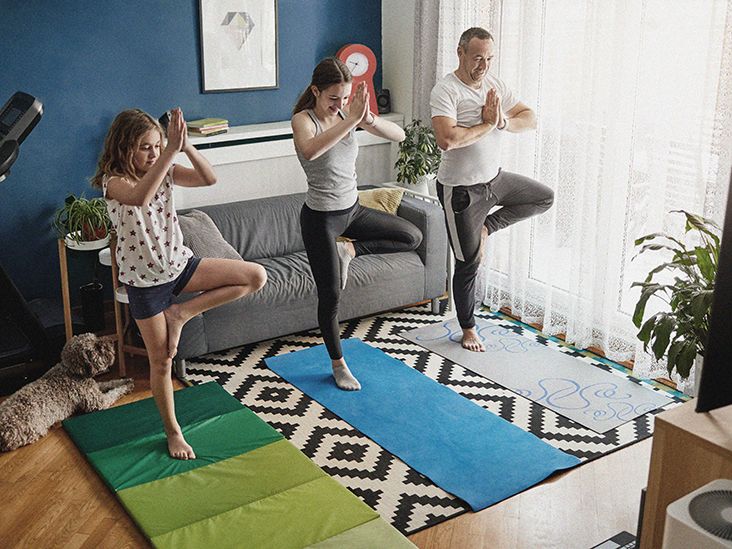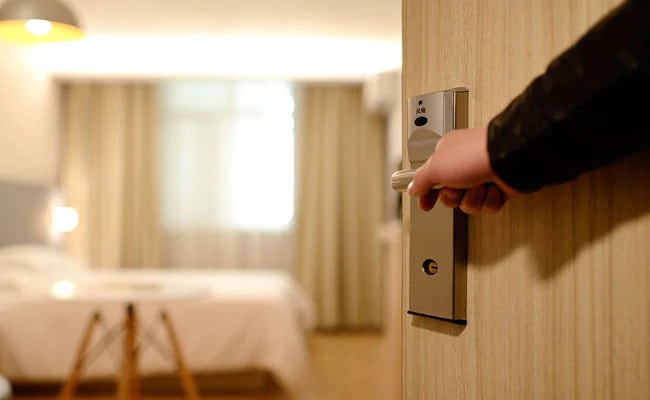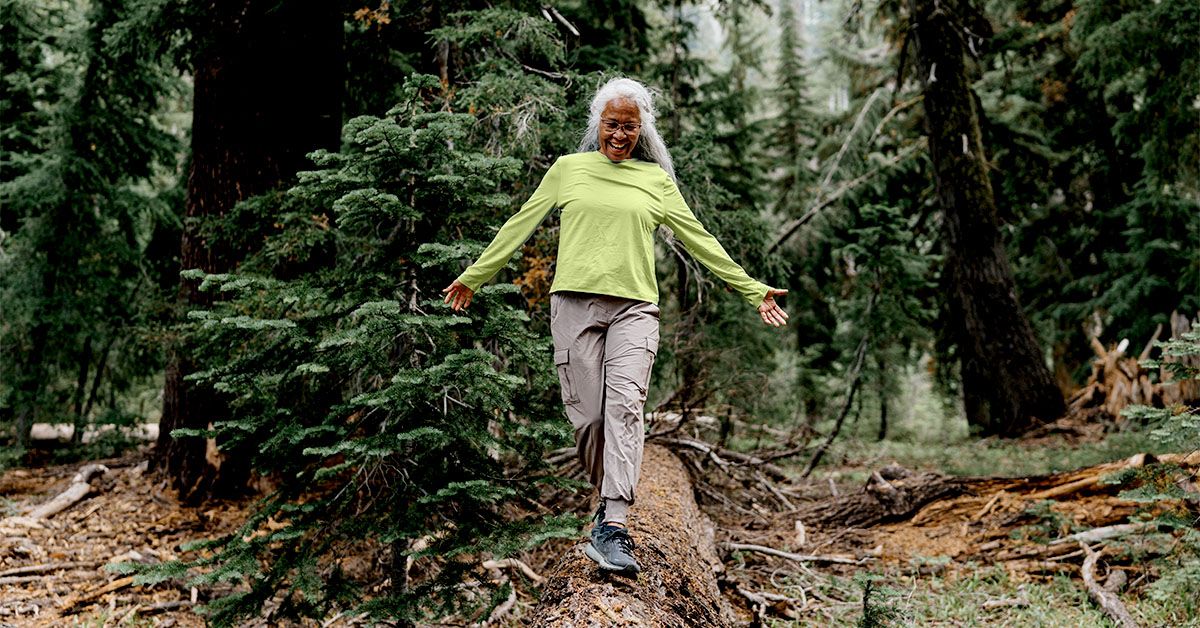Babka Is an Impressive Home Baking Project You Need to Try


The sweet, swirly loaf looks more complicated than it is
Since I didn’t grow up with babka, I didn’t really know what I was missing. By the time I got acquainted with the yeasted, swirly bread, I figured it was just easier to buy a loaf than figure out the intricacies of baking one myself.
That changed, however, when I saw the black sesame babka on the cover of Molly Yeh’s latest cookbook, Sweet Farm: its perfect swirl hypnotized me into finally attempting my own.
I find working with a yeasted dough intimidating enough as is, but the idea of rolling, spreading, and shaping it made it feel even more daunting. So I turned to Yeh: As the recipe’s creator, I knew she would provide the best tips for ensuring that my baking project would be as seamless as possible.
The base of Yeh’s black sesame babka is an enriched dough, meaning butter, sugar, and eggs are incorporated into the yeast and flour mixture. The dough feels like a milk bread, but instead of the extra step of preparing a tangzhong (a milk and flour roux) to ensure moisture, Yeh relies on potato flour. “The potato flour makes it so soft and it holds a lot more moisture than your typical all-purpose or bread flour,” Yeh explains. “It’s sort of like an insurance policy against a dried out dough.”
One of Yeh’s biggest pieces of advice was to weigh the ingredients rather than using a measuring cup. “That’s going to make your life so much easier, and it’s also going to make the results so much more consistent,” she says. So I weighed my bread flour, sugar, and butter meticulously. I didn’t have any potato flour — nor could I find it at the grocery store — so I opted for instant mashed potato flakes, which is an option that Yeh provides in her recipe.
I put everything in the stand mixer, aside from the butter (which gets added to the dough in small increments later in the process), and let the machine begin forming the dough. It’s possible to make babka by hand, but Yeh discourages it. “I recommend a stand mixer not just because it’s easy, but also because if you’re kneading by hand, it’s actually going to get a little bit too sticky and you’re going to find that you need to add too much flour to make it manageable,” she says. I can confirm that using the stand mixer made the process very easy.
Yeh emphasizes the importance of incorporating the butter into the dough little by little, and letting the dough fully absorb it before adding more. Kneading the dough took around 20 minutes — including all the moments I paused to watch the butter get absorbed before tossing in another knob.
“Make sure that you’re giving yourself the time for that dough to knead because when you’re kneading the dough, you’re developing those strong gluten strands,” Yeh explains. “Those strong gluten strands are going to help trap those air bubbles when the dough rises and bakes and if the gluten strands aren’t strong enough, then those air bubbles won’t get trapped and you’ll be left with like a really dense, unappetizing loaf.” One method to ensure the dough is ready is the window pane test: If you can pull off a piece of the dough and stretch it thin enough to see light through it without tearing, the dough is ready.
Once the dough was smooth, it was time to rest. I placed the ball in an oiled bowl and covered it with plastic wrap and a kitchen towel. Since my house was comfortably warm, I let it rise in the kitchen. If your house is chilly, it’s better to let the dough rest in a proofing drawer or inside a closed oven alongside a pot of boiled water (the steam from the boiling water will get trapped in the oven and provide heat to help the dough rise).
Assembling the filling was easy. I combined room-temperature butter with coconut oil, processed black sesame, sugar, salt, and orange zest. Since I don’t own a spice grinder I ground the black sesame in a small food processor. The results were not as fine as I wanted them to be, but usable.
You want the dough to be doubled in size by the time it’s done resting, which for me took around two and a half hours. From there, I turned it onto a floured surface (my kitchen nook table, which I covered with parchment paper) and rolled the dough out as evenly as I could into a 10-by-22-inch rectangle, which more closely resembled a squiggly blob. At this point, you really want to make sure the dough is even in its thinness, and also not too thin. This came to haunt me later in the bake when the dough split on top, but was mostly an aesthetics issue.
Once the dough was rectangular, it was time to spread the filling using an offset spatula. This is when I realized the importance of making sure the black sesame seeds were finely ground, as it was a little bit of a challenge to spread the filling without fear of ripping the dough. The filling contains orange zest, which was surprising to me, but it smelled extravagant and expensive mingling with the nuttiness of the sesame. After I spread the filling as uniformly as I could manage, I dusted the whole thing with crushed Oreos, which also provided the babka with a subtle pop of cocoa flavor.
/cdn.vox-cdn.com/uploads/chorus_asset/file/25930465/rolled_out_babka.png) Kat Thompson
Kat Thompson
From there, I rolled the dough tightly from the bottom to top, like you would for cinnamon rolls or a jelly roll. I then cut it in half lengthwise. I often see babka dough split from the top and twisted so you can see more of the filling. That wasn’t the case for this recipe; I spread a reserved amount of the filling on the top of one half of the log and twisted that with the other half. When both halves were intertwined and placed in the loaf pan, it was time for a second round of proofing.
Yeh suggests doing the second proof overnight, in the fridge. “That’s going to slow down the rising of the dough and allow the dough to develop more complexity that you just can’t make up for with extracts or more salt,” she says. “You know that yeast flavor, it just takes time to develop.” Unfortunately, I felt too impatient to wait a whole other day to eat the loaf, which already smelled spectacular. So I ignored Yeh’s advice and let the bread proof on the counter once more, this time for about an hour. I could tell it was ready because it was pleasantly puffy.
Some babkas are finished with syrup, others with crumb toppings. Yeh calls for a crumble of flour, powdered sugar, black sesame seeds, and butter. I sprinkled that mixture all over the egg-washed loaf and put the tin in the oven to bake at 350 degrees for 40 minutes. By the time I pulled it out, my house smelled like a bakery.
/cdn.vox-cdn.com/uploads/chorus_asset/file/25930467/IMG_1567.jpg) Kat Thompson
Kat Thompson
The loaf came out of the oven perfectly browned, with sugary sesame clusters clinging to the top. The hardest part of making it, it turned out, was not twisting the dough or spreading the filling as I anticipated, but waiting to cut into it. I held out for 20 minutes, which is definitely too soon to cut into a babka if you want to appreciate a good swirl. But honestly, a bite of warm babka, charged with earthy black sesame flavor and a kiss of orange zest, made the muddied spiral worth it.
The loaf didn’t last a full 24 hours, and I regretted not doubling the recipe and making a second one. In fact, I am already plotting my next loaf.
All of this made me conclude that if you’re looking for a baking project that is slightly challenging but wildly impressive, babka is the perfect option. And it doesn’t have to be black sesame, either, or even sweet for that matter. “I did a pimento cheese babka forever ago and I know Deb Perelman did a bialy babka,” Yeh says. “There’s just truly nothing like a babka fresh from the oven.”









































































































































































